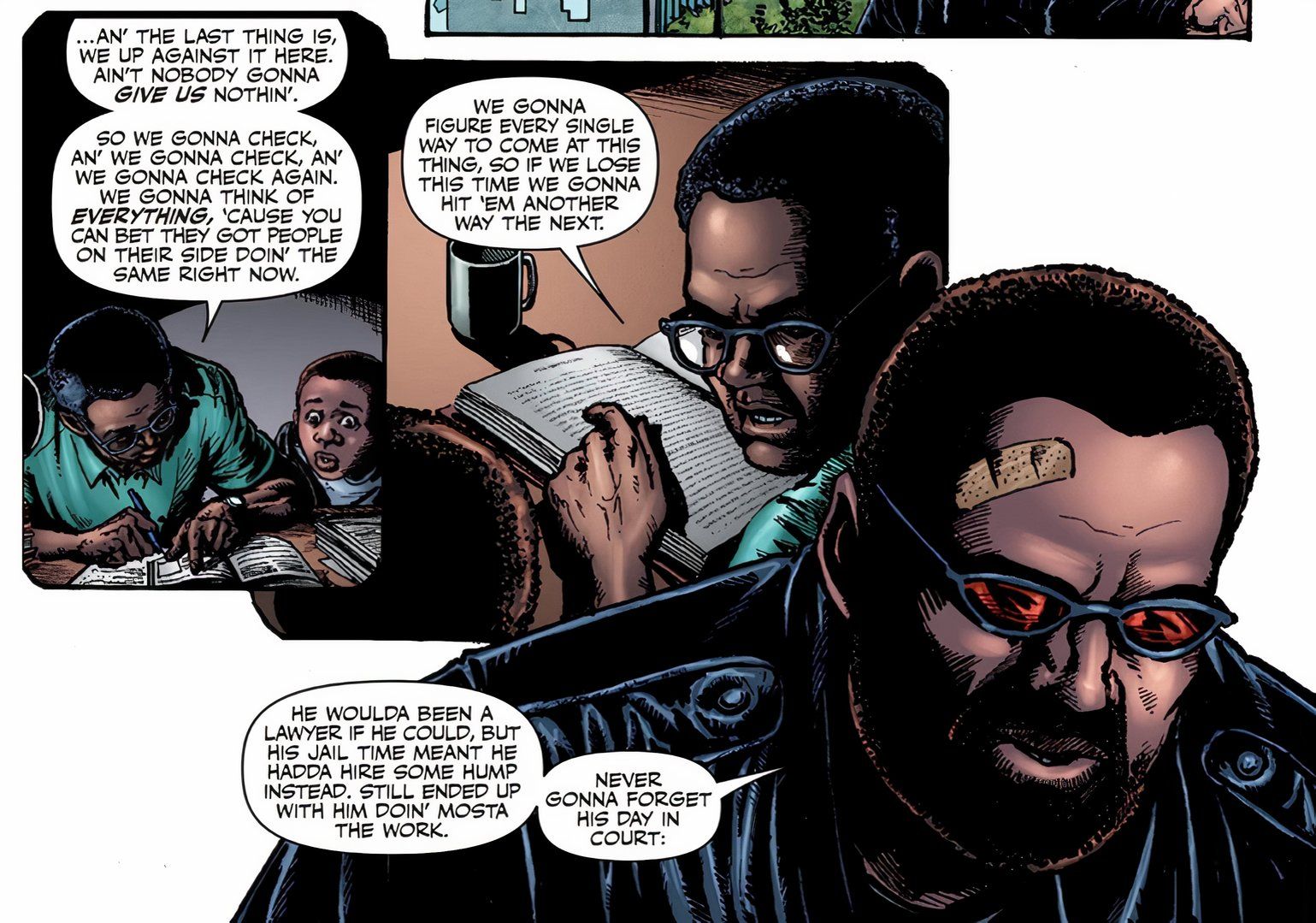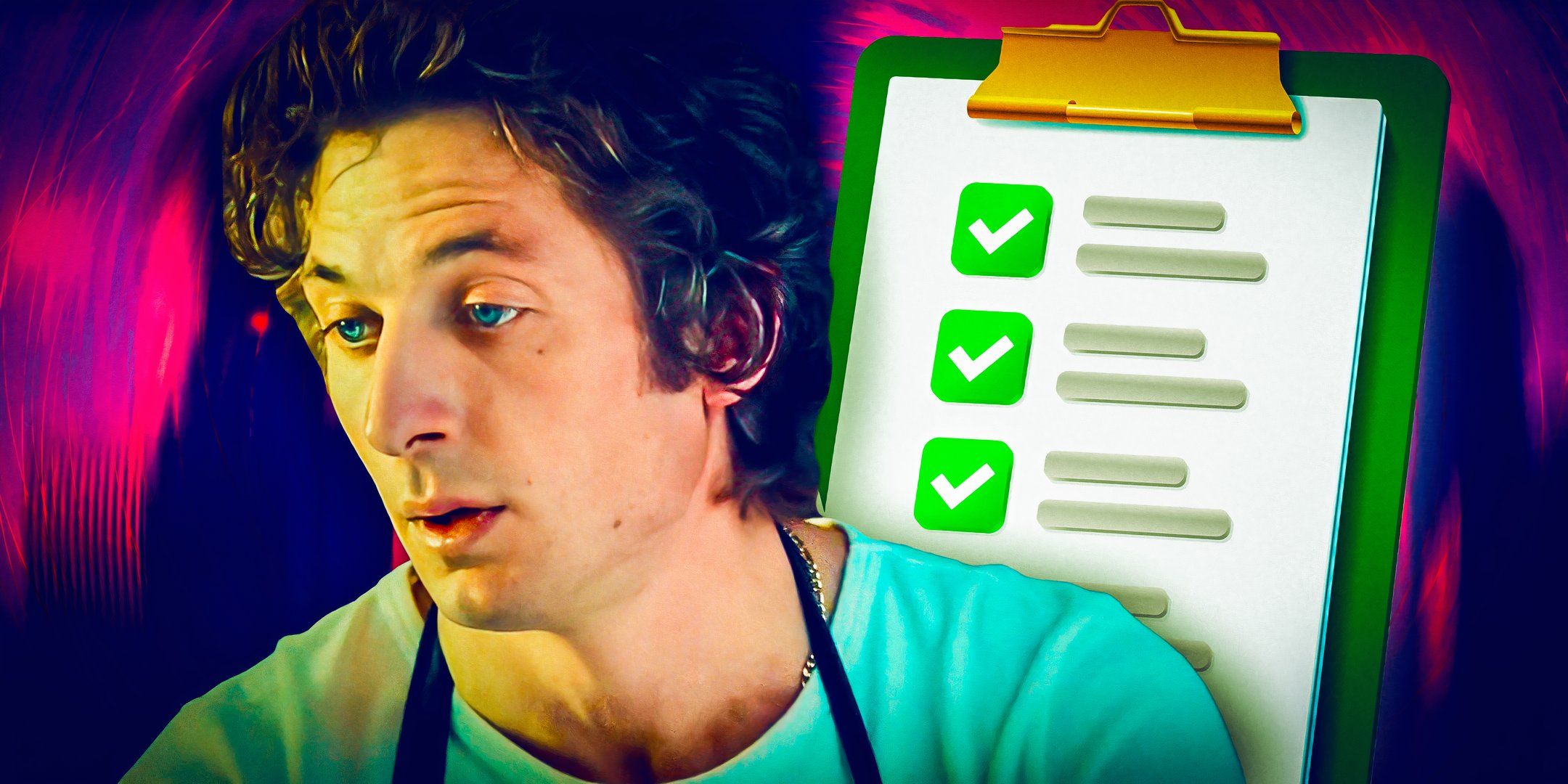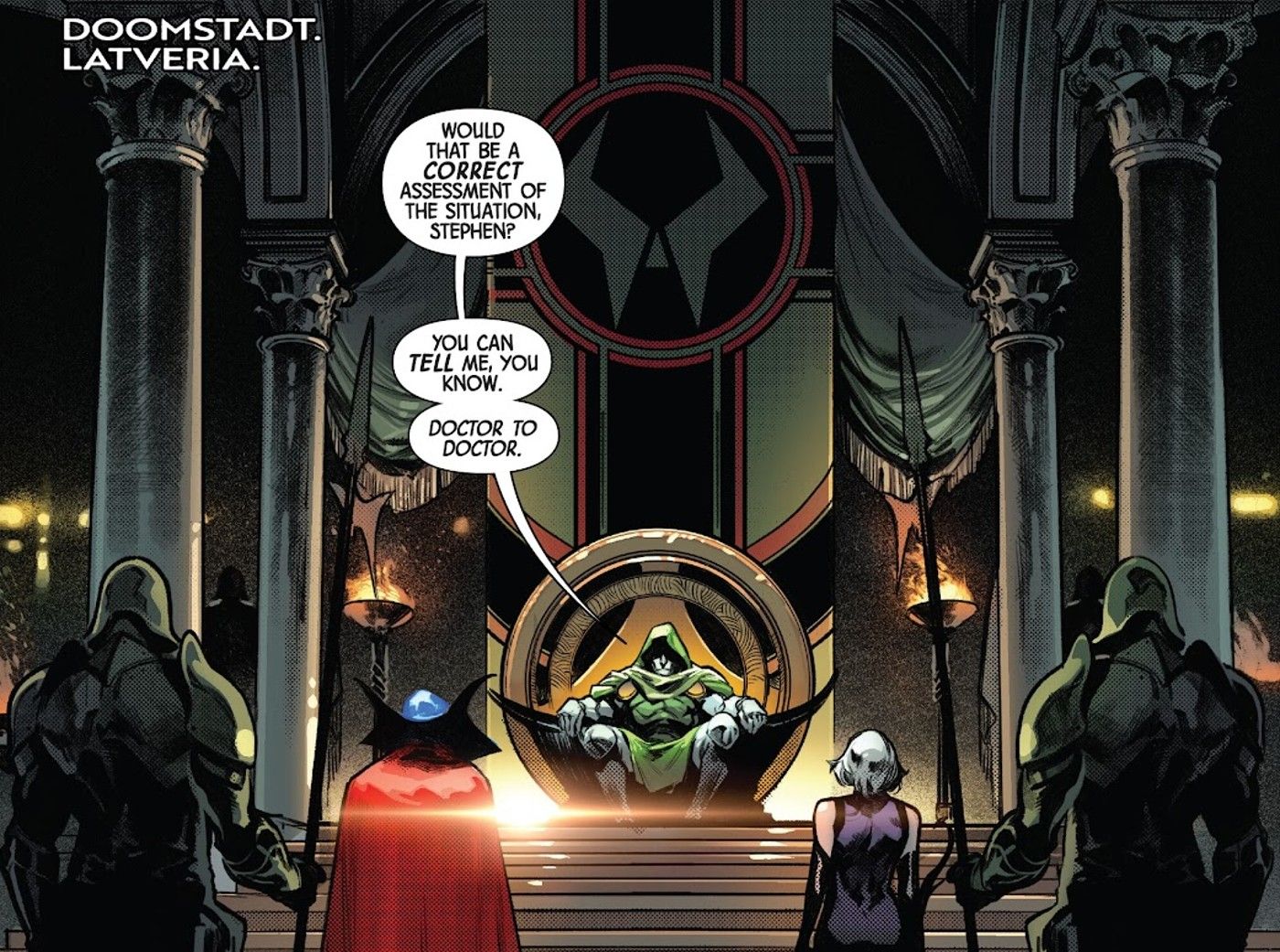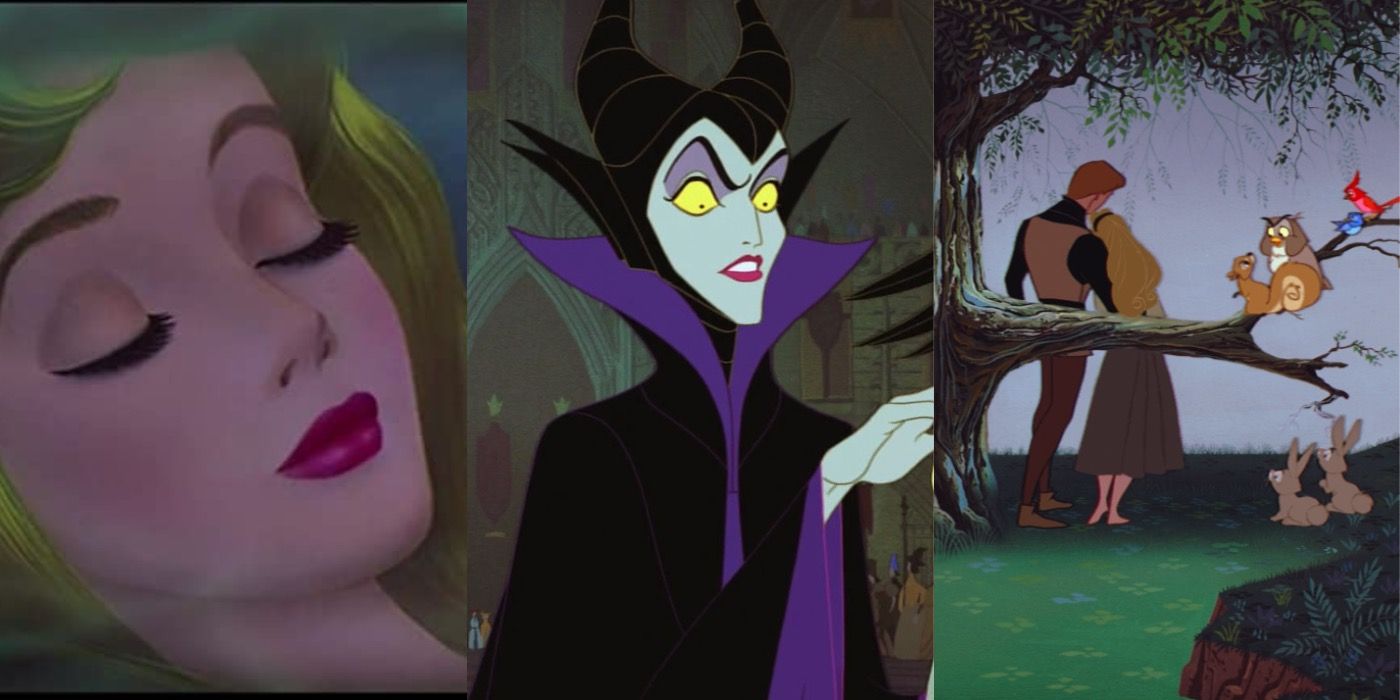Superhero comics come with certain moral and political ideas baked in. These stances are some of the most iconic elements of the works built upon them, but they rarely get a frank examination. If “with great power, there must also come great responsibility,” what do we do when the people with the greatest power expect to have the least responsibility? Our hero stands for “truth, justice, and the American way”, but what exactly is the American way, and what relationship does it have with truth and justice? DC Comics has released the first chapter of Represent, a new digital series aimed at amplifying underrepresented voices, and the story is a powerful and unforgettable examination of real-world issues.
Represent #1 is written by former Marvel editor Christian Cooper with pencils from Alitha E. Martinez, inks from Mark Morales, color by Emilio Lopez, and lettering by Rob Clark Jr. The story is a fictionalized retelling of an experience from Cooper’s life that garnered media attention in early 2020: on a birdwatching trip in Central Park, Cooper confronted a woman about her unleashed dog and the white woman used Cooper’s race against him, threatening to call the police about an “African-American.” Cooper’s purpose and DC’s platform come together to give the story its name: “It’s A Bird”.
Related: X-Men’s Changing History With Indigenous Heroes
“It’s A Bird” is a unique kind of superhero origin story. Jules, a black teenager and author stand-in, receives a gift in the form of his grandfather’s antique binoculars. When he takes them birdwatching, the binoculars begin to show him images of real-world police brutality and the lives that it has taken: names, faces, how they were murdered. Martinez’s naturalistic art makes these scenes feel shocking and real, a painful intrusion reminiscent of scrolling past a video of someone’s death on social media. Every attempt to take a closer look at nature comes with a confrontation of injustice.
And these scenes are intrusive, slashing red panels across a sunny park scene. The whiplash is appropriate; as Jules wanders through the park, he gets accosted by a privileged landowner, then by the woman who inspired the story. The escalating tone explodes when she tells Jules she’ll lie to the cops, knowing it would likely kill him: “I’ll call the police and tell them an African American is threatening my life!” The words are taken from the real event, using language couched in sensitivity to deliver a deadly threat: this woman knows enough about racism to know the typical form of interaction between the police, a black man, and a white person’s fear. This moment is given a splash page, with Jules surrounded by the ghosts of everyone whose loss he’s witnessed; just as they became visible to him through the binocular lens, the hatred and contempt that killed them have jutted into Jules’s life.
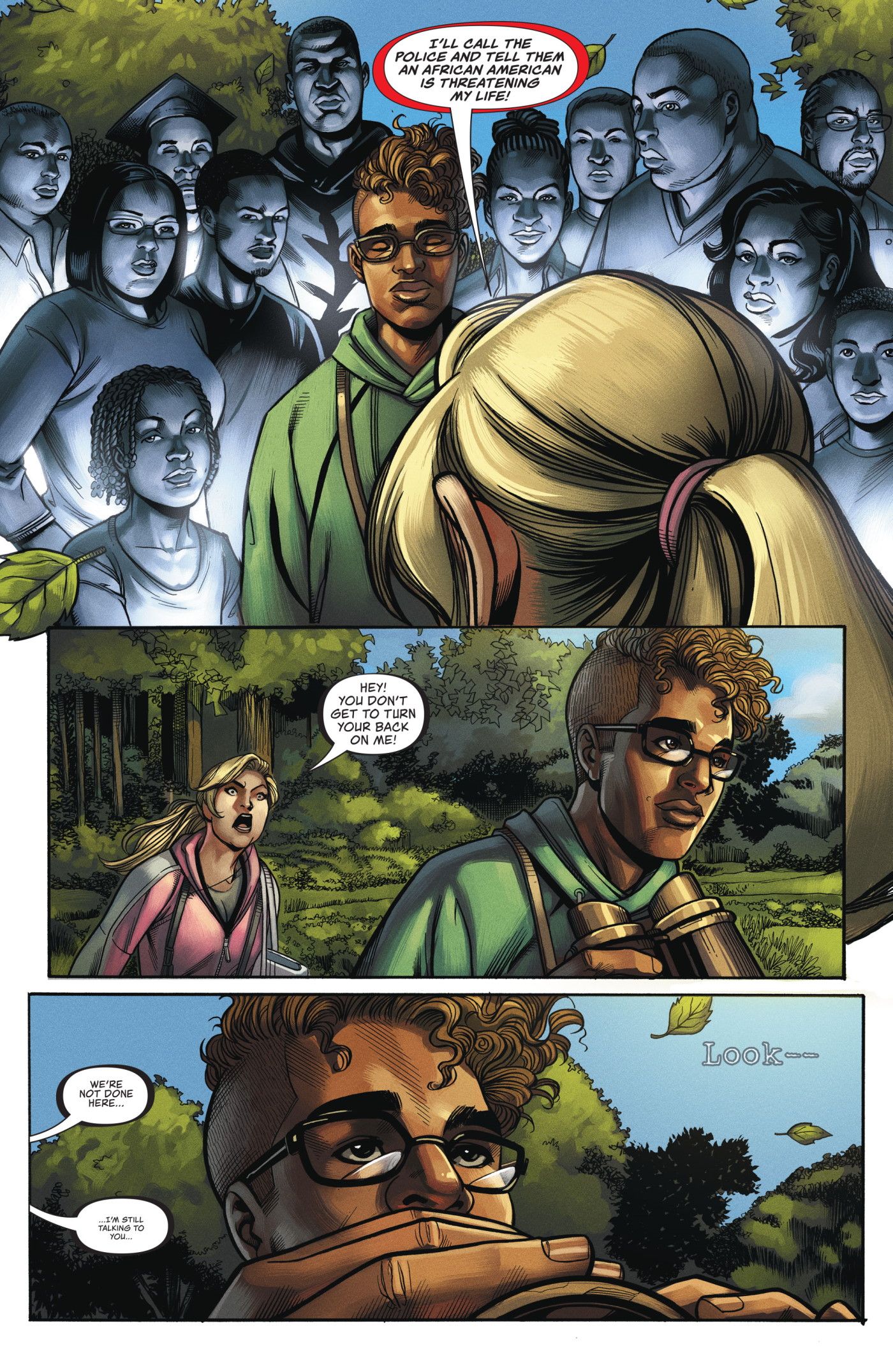
The story ends with its most thought-provoking moment: Jules looking to the heavens as the lives memorialized by “It’s A Bird” take to the sky on feathered wings. It’s a triumphant moment of angelic imagery combined with an invocation of Superman’s flight; it has volumes to say. This is a superhero origin, and George Floyd, Breonna Taylor, Eric Garner, and Sandra Bland (these and other names are listed in the book; the list is intentionally endless) are the superheroes of this story. In fantasy fiction an innocent struck by a deadly event makes them superhuman, a living martyr; in real life, they just die. We have no superhero to answer the call to action; that leaves the call to be answered by us.
DC Comics’ Represent #1 is available now.
More: Marvel Removed Black Lives Matter Logo From Miles Morales: Spider-Man Cover

